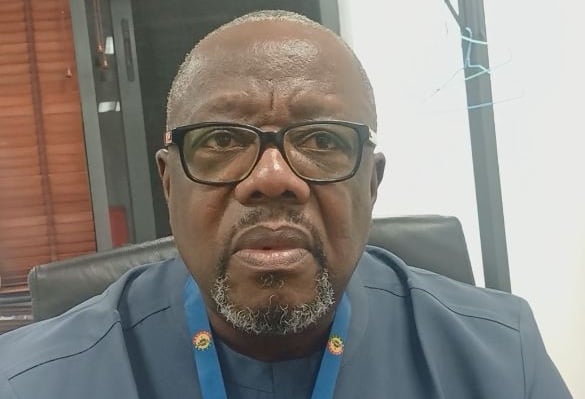The Komenda Sugar Factory, a symbol of both hope and frustration, stands at a critical juncture, its fate hanging in the balance. Member of Parliament Samuel Atta-Mills has issued a stark warning to the NDC government: revive the factory now or risk facing significant political and developmental consequences. Having championed the factory’s resuscitation since the previous administration, Atta-Mills believes that the current government, under President Mahama, has a crucial opportunity to fulfill its promise and finally unlock the factory’s potential. The factory’s inactivity, despite its substantial investment and initial promise, has become a source of mounting concern, threatening to transform a symbol of progress into a symbol of unfulfilled potential.
Minister for Trade, Agribusiness and Industry, Elizabeth Ofosu-Adjare, has echoed the government’s commitment to revitalizing the factory. During a site visit, she outlined a comprehensive plan that includes not only restarting the factory but also developing a complete value chain, from sugarcane cultivation to sugar production. This integrated approach aims to maximize local benefits, creating much-needed jobs and stimulating economic activity in Komenda and its surrounding communities. Minister Ofosu-Adjare’s assurances, backed by the President’s explicit directives, have injected renewed hope into the local population, who have long awaited the factory’s operationalization. The commitment to a holistic approach, encompassing the entire sugar production cycle, represents a significant shift in strategy, potentially addressing the persistent challenges that have plagued the factory since its inception.
Atta-Mills, however, emphasizes the need for urgent action, stressing that the people’s patience is wearing thin. He asserts that the factory is ready for immediate operation, with necessary repairs and upgrades already completed. Successful test runs, utilizing imported raw sugar, have demonstrated the factory’s operational capacity. He suggests utilizing a previously untapped $25 million Exim Bank facility to establish a mechanized farming unit, ensuring a consistent supply of sugarcane – a critical factor in the factory’s long-term viability. This strategic investment, he argues, would not only address the factory’s raw material needs but also contribute to the overall agricultural development of the region.
The availability of land is also a key factor in the factory’s potential success. Atta-Mills reveals that the chiefs of Sefwi and Hemang have generously allocated 20,000 acres of land for sugarcane cultivation. This substantial land allocation, exceeding the factory’s immediate requirements, offers the possibility of diversifying agricultural production, including crops like cocoa, further boosting the region’s economic prospects. The mechanized unit, Atta-Mills explains, would be instrumental in ensuring the efficient and sustainable cultivation of sugarcane, thus providing a reliable and consistent supply of raw material for the factory.
The urgency of the situation, according to Atta-Mills, cannot be overstated. He warns that further delays could transform the factory into a long-term burden for the government, both financially and politically. He reminds the NDC that the factory was a key campaign promise, instrumental in securing votes in previous elections. Failure to deliver on this promise, he cautions, could have significant political ramifications, eroding public trust and undermining the government’s credibility. The factory’s continued inactivity, he argues, represents a missed opportunity for economic growth and job creation, potentially fueling social unrest and further exacerbating existing economic disparities.
The Komenda Sugar Factory, commissioned in 2016 at a cost of $35 million, has been plagued by a series of setbacks, primarily the lack of a consistent sugarcane supply. This recurring challenge has prevented the factory from realizing its potential as a major industrial and employment hub, leaving it idle for years. Despite these challenges, Atta-Mills remains optimistic. He believes that with renewed political will and a commitment to a comprehensive, long-term strategy, the factory can still fulfill its promise, transforming the economic landscape of the Komenda area and restoring its industrial glory. The factory’s revival, he argues, would not only create much-needed jobs but also stimulate economic growth and improve the livelihoods of the local population, ultimately justifying the substantial investment made in its construction.


